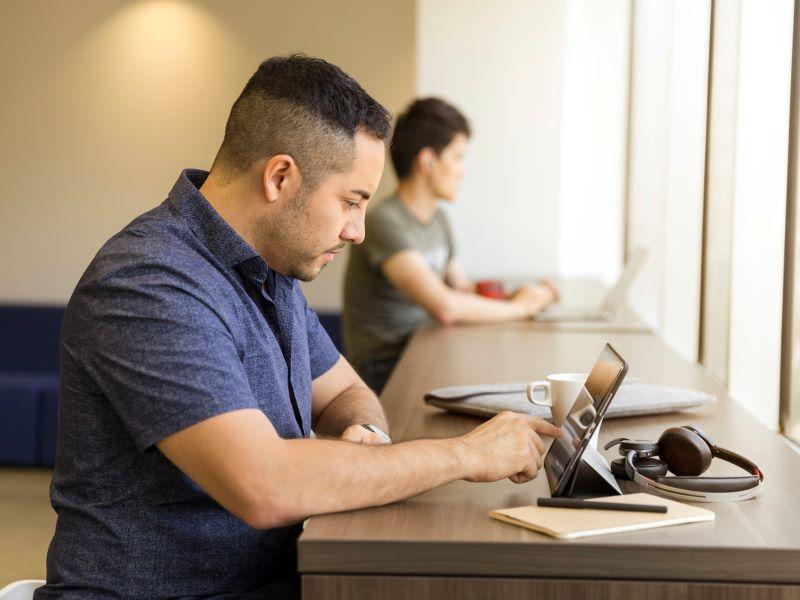In part two of our series on improving online education for students and staff – based on extensive learner feedback and faculty insight – we focus how to foster participation online and using breakout rooms effectively.
Participation: it’s the voices, not only the faces
We know many students don’t turn their cameras on and it’s difficult to teach blank screens, but we also know connectivity issues can make it impossible for some students to have good audio while their video is on.
We know students are anxious about how their participation will be graded. Camera or no camera, students can participate via audio, chat or Google doc, or by doing formative quizzes or polls using tools such as Slido, Kahoot! or Nearpod.
You can ensure every student participates multiple times during a class session using these options. This is one of the advantages of online learning; there is space to ensure everyone participates, and instructors can use features on platforms like Zoom or Padlet to manage turn-taking. Online lectures can be peppered with quizzes to test students’ understanding of the content.
There will always be some students who do not participate, whether online or not.
When students don’t want to turn on their cameras, presenting the teacher with a completely blank screen, it can be a challenge to get to know them. Try awarding a badge to students who create an avatar or put a photo up on their Zoom profile. An avatar or photo helps them build a sense of connection to the others in the class and their choices of image may teach you a bit about them.
As a teacher, keeping your camera on, connectivity permitting, can help students feel connected. Students like seeing your face.
Make the most of breakout rooms
Faculty and students alike are reporting success with breakout rooms that support group work, peer learning and collaboration.
General good practice for breakout rooms includes giving students clear written instructions for what to do in the breakout rooms, giving students enough time to work on the task, and choosing group sizes appropriate for the task.
It is also important for teachers to have a way of keeping track of what is happening in the breakout rooms. You could ask students to take notes of their breakout room discussions in Google slides, one slide per group, so you can check the progress of the different rooms as they unfold, and spot when you might need to drop in. This also helps keep a record of participation.
Taking notes on slides makes it easier for students to report back to the main room at the end of class, and means all students have documentation of everyone else’s notes automatically.
You can also make one of the breakout room groups stay in the main room with you, to help you see how students are responding to the instructions you give them and help you gauge if students might need more time for the task.
Read more in:
- Online teaching insights, part one: social connection and listening
- Online teaching insights, part three: managing workload issues and stress
- Online teaching insights, part four: Course management and recording lectures
- Online teaching insights, part five: Online feedback and continuity
Hoda Mostafa is director and a professor of practice and Maha Bali is an associate professor of practice both at the Center for Learning and Teaching, American University in Cairo.
Other faculty from the American University in Cairo who contributed to this guide:
Karim Addas , Firas Al-Atraqchi, Ramy Aly, Khalil elKhodary, Nellie el Enany, Sophie Farag, Matthew Hendershot, Maurice Hines, Rania Jabr, Elisabeth Kennedy, Tarek elSayed, Yasmine Motawy, Magda Mostafa, Iman Soliman, Ahmed Tolba, Thomas Wolsey and Alyssa Young.
Originally published in the Center for Learning and Teaching New ChalkTalk Newsletter, American University in Cairo.




comment